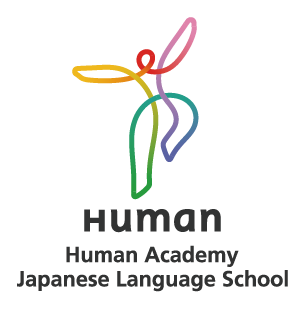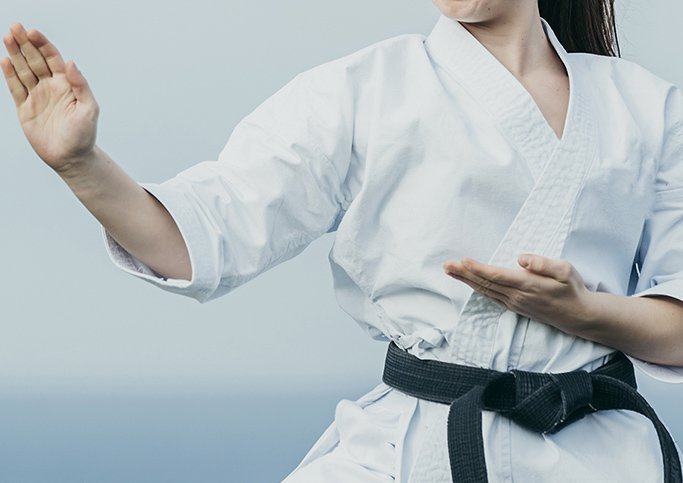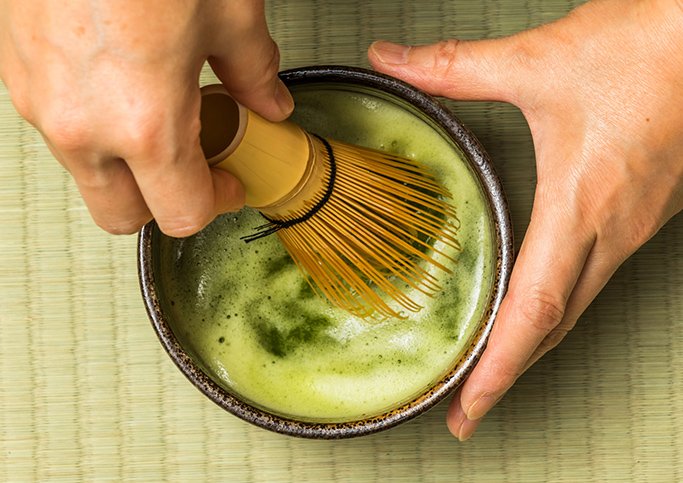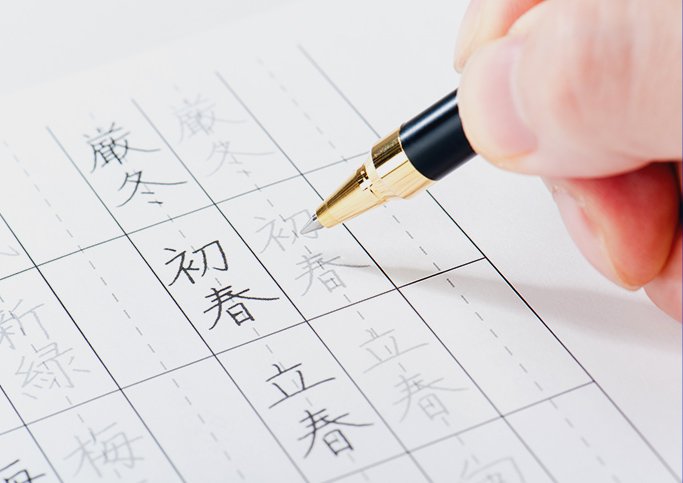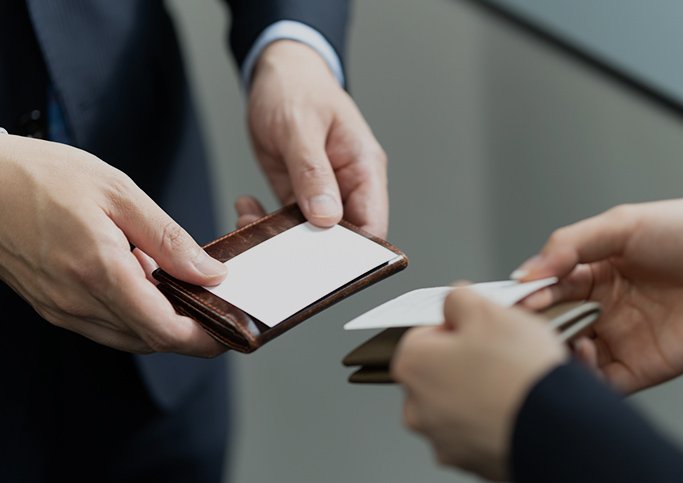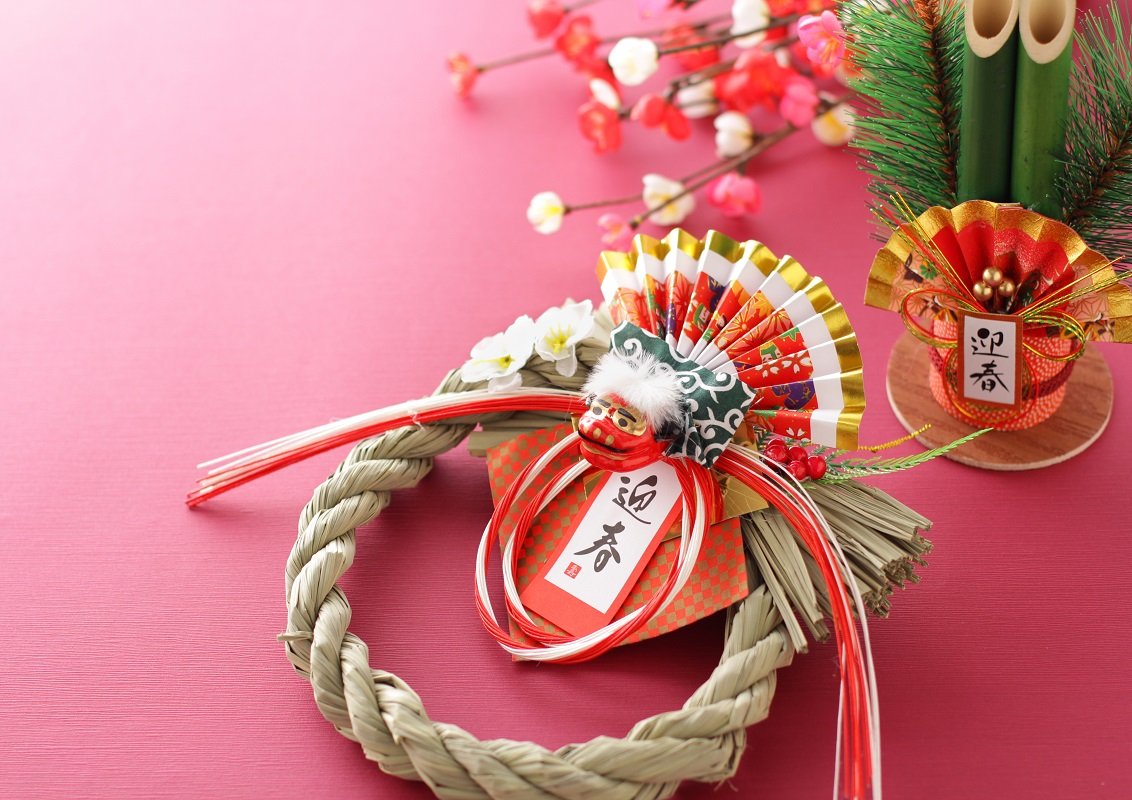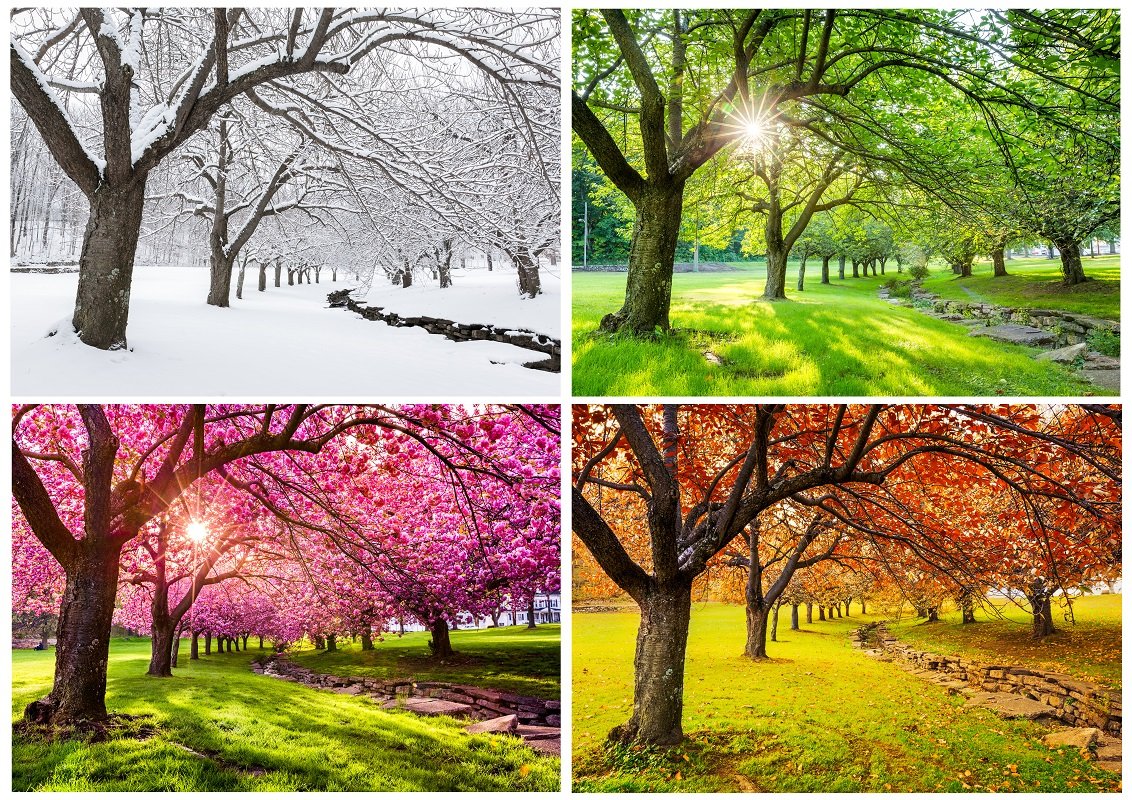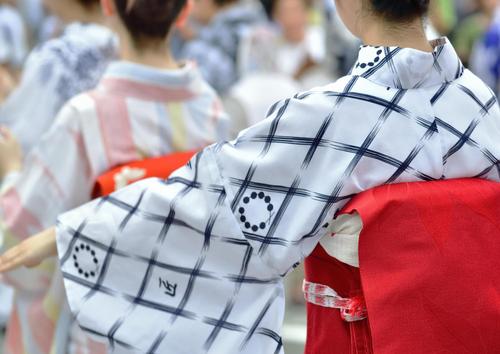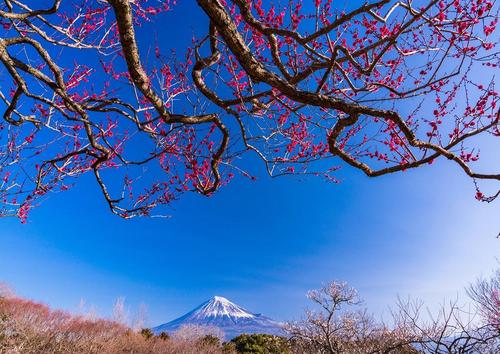
cherry blossoms
Origin of Japanese cherry blossom viewing. The origin was plum blossoms from the Nara period!
12/ 4/2020
In Japan, where you can see the nature of the four seasons, "cherry blossom viewing" is especially popular as an event to feel the spring. In recent years, the number of foreign tourists visiting Japan for cherry blossom viewing during the cherry blossom season is increasing. Even if you enjoy cherry blossom viewing every year, there may be few people who can explain the origin and origin of cherry blossom viewing.
Here, we explain the origin and origin of cherry blossom viewing in Japan, and the transition to the present day. Understanding the origin of cherry-blossom viewing while unraveling the history of Japan will deepen the taste of "cherry-blossom viewing".
When did the cherry blossom viewing in Japan begin? Let's know the origin of cherry blossom viewing
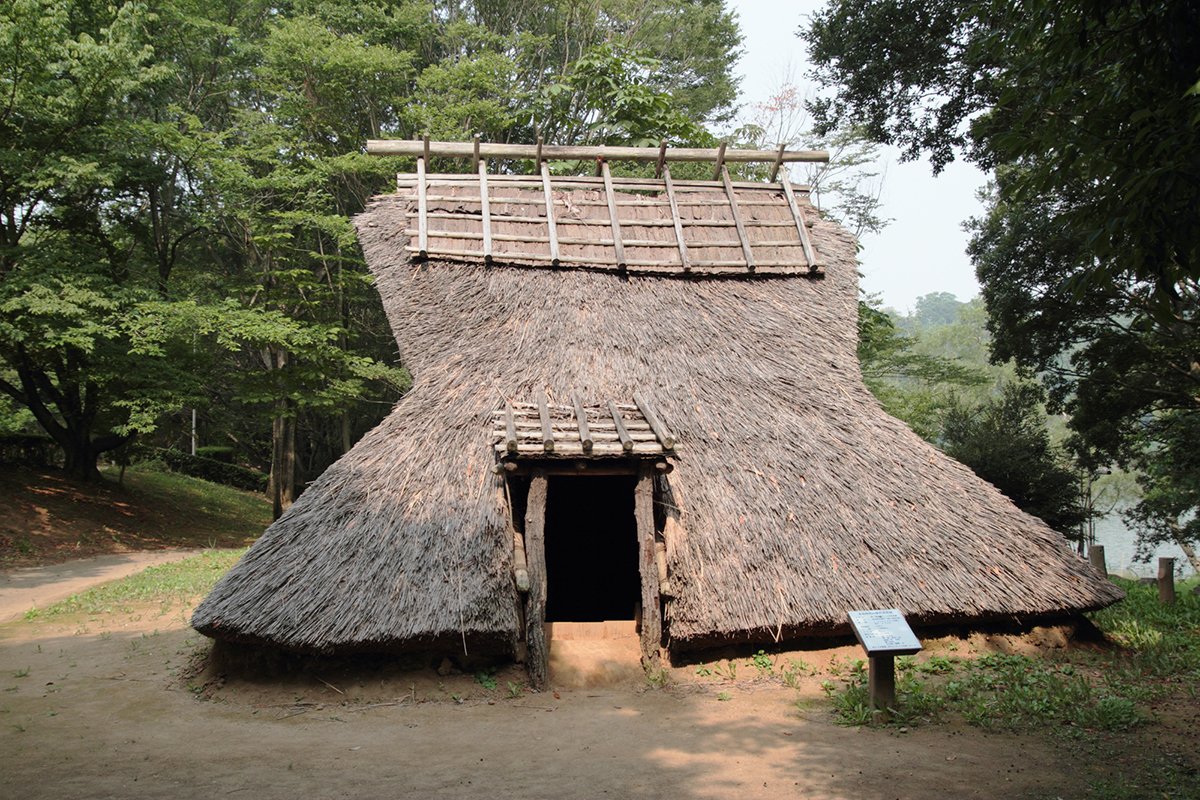
When and how did cherry blossom viewing in Japan begin? I will explain its origin and origin.
◇ Is the origin of cherry blossom viewing in the Nara period?
There are various theories about the origin of cherry blossom viewing, but going back in time, it seems that aristocrats liked plum blossoms and enjoyed flowers in the Nara period.
In modern times, cherry blossom viewing is the term for cherry blossom viewing, but at that time, plum blossoms, which were introduced from China, were the mainstream. This is not because cherry blossoms were never disliked, but because they were treated as sacred trees by the Japanese at that time.
In fact, there is a song about cherry blossoms in "Manyoshu", and even before ancient mythology, cherry blossoms have been the object of worship as a tree where gods dwell.
◇ I started seeing cherry blossoms after the Heian period
In the Heian period, aristocrats gradually began to love cherry blossoms as a representative of spring flowers. It is thought that the abolition of the envoy to Tang in 894 was one of the triggers for this. With the abolition of the envoy to Tang China, the Japanese may have become more familiar with the ancient Japanese cherry blossoms rather than the plums that were introduced from China.
The state of Miyanaka holding a feast under the cherry blossoms is also described in the masterpiece "The Tale of Genji" in the middle of the Heian period, and in the "Kokin Wakashū" compiled in the early Heian period, the cherry blossoms were sung as a spring song. There are so many songs left.
It can be seen that the cherry blossoms have come to be imaged as "flowers that symbolize spring" for the aristocrats at that time.
[If you read the article, may you know the meaning of this KARUTA? ]
◇ Not only aristocrats but also farmers were watching cherry blossoms
The aristocrats used to enjoy cherry blossom viewing, but it is said that the farmers also enjoyed cherry blossom viewing for a different purpose.
The arrival of spring was the beginning season for farmers to grow fields, and when the flowers that signaled the arrival of spring bloomed, the flowers were loved with the religious meaning of eradicating evil. The date of the event to admire flowers was set as a festival, and on that day, "field play" and "mountain play" were held to go out to the fields and mountains to admire the flowers. There is also a cherry tree among them, and by enjoying it under it, I may have spent time with God and wished for a good harvest.
It is said that it was not until the Edo period that cherry-blossom viewing as a pure pleasure became widespread among the common people as it is today.
Transition of cherry blossom viewing to the present day
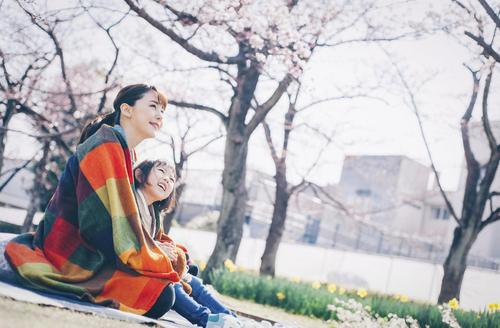
Next, let's take a step-by-step look at the transition of cherry blossom viewing from the Kamakura period to the present day.
◇ Cherry-blossom viewing from the Kamakura period to the Azuchi-Momoyama period
Cherry-blossom viewing, which was a pleasure for aristocrats until the Heian period, will gradually spread to all levels in the Kamakura period. Samurai and tradesmen began to enjoy cherry blossoms, and it is said that it was around this time that cherry blossoms were also planted in mountains and temples in Kyoto.
During the Azuchi-Momoyama period, samurai began to go out to see cherry blossoms. In particular, Toyotomi Hideyoshi's "Daigoji Hanami" and "Yoshino Hanami" are famous, and about 5,000 people participated in Yoshino and more than 1,000 people participated in Daigoji Temple. It seems that it was a grand feast with the great generals of the time, such as Ieyasu Tokugawa and Toshiie Maeda.
◇ Cherry-blossom viewing in the Edo period
After the Edo period, cherry-blossom viewing has become widespread as a pleasure for the common people. In the latter half of the Edo period, "Yoshino cherry tree" was born, which is an improved version of Oshima Sakura and Edohigan. This Yoshino cherry tree is said to have been made by a planter in the current "Somei Village" in Toshima Ward, Tokyo, and was later called "Somei Yoshino" to distinguish it from the Yoshino cherry tree in Nara Prefecture. It is said that it came to be called the beginning of the present Yoshino cherry tree.
By the end of the Edo period, such mating and improvement of cherry blossoms had become popular, and it seems that there were 250 to 300 kinds of cherry blossoms produced around this time.
◇ Cherry-blossom viewing after the Meiji era
After the Meiji era, the samurai residences and gardens owned by aristocrats were demolished one after another due to the effects of the Sino-Japanese War and the Russo-Japanese War. The cherry blossoms planted in the mansion and garden were also burned as fuel, and many varieties of cherry blossoms made in the Edo period were temporarily reduced.
A planter named Sonemon Takagi, who was worried about this situation, collected the remaining cherry blossoms and replanted them in his garden. It is said that there were more than 80 kinds of cherry blossoms.
At the order of Sonemon, a planter in Komagome, a row of cherry blossom trees was to be built on the Arakawa bank in 1886. Arakawa's row of cherry blossom trees will become established among the common people as a new cherry blossom viewing spot around 1910.
The cherry blossoms left behind by the efforts of these planters have since spread throughout the country, and breeding has been carried out at each research facility, etc., and it continues to this day.
[Do you care about Japan? Would you like to learn Japanese together? ]
◇ The cherry blossoms that have spread all over the country have different cherry blossom viewing seasons.
As the cherry blossoms that were enjoyed in the capitals of Kyoto and Edo have spread all over the country, the cherry blossom season is now subtly different depending on the region. The approximate flowering time for each region is as follows.
Hokkaido: Late April
Tohoku region: Around the first half of April
Other areas: Late March (Okinawa only blooms from early February)
It is good to see the local cherry blossoms at the cherry blossom viewing, but spring is also the holiday season. It is also recommended to visit the cherry blossoms in various areas and enjoy cherry blossom viewing while traveling. If you understand the history of cherry blossoms and cherry blossom viewing and look at the cherry blossoms, you may feel like you have traveled back in time to Japan.
Summary
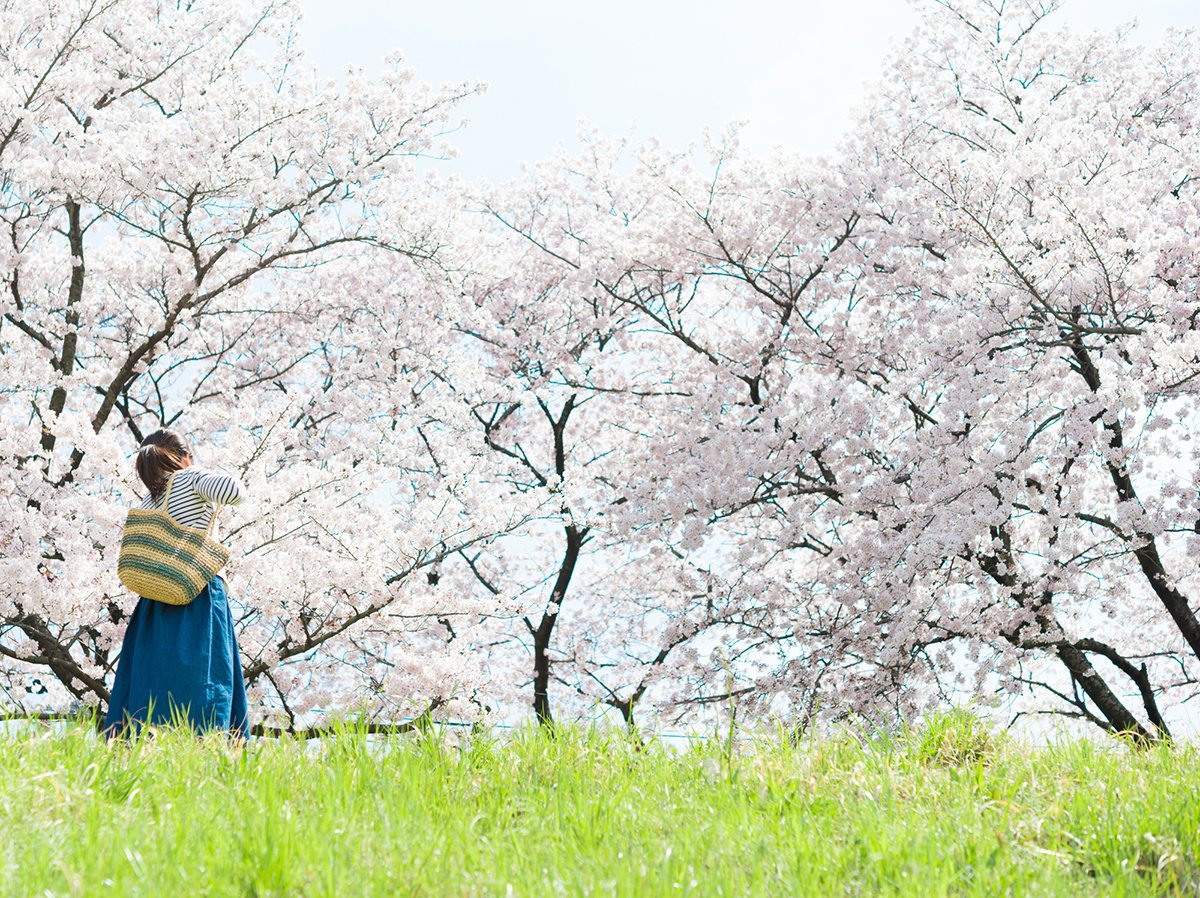
The origin of cherry blossom viewing, which is now enjoyed all over the country, dates back to before the Nara period, and in addition to cherry blossoms, I loved plum blossoms and spring flowers. Many cherry blossoms are improved during the Edo period, while cherry blossom viewing is held as a pleasure for the aristocrats or as a religious festival to pray for a good harvest of the farmers. After the Meiji era, while passing through the war, the rows of cherry blossom trees spread all over the country by the hands of planters and researchers, and now you can enjoy cherry blossoms from Hokkaido to Okinawa.
Cherry-blossom viewing that has spread from the capital of Japan to the whole country has become known to the world, and the number of people visiting from overseas is increasing year by year. It would be great if foreigners could learn not only about the beauty of cherry blossoms, but also about the Japanese feelings about cherry blossoms and the history of cherry blossom viewing.
This article is a partial re-edit of the article published in Nihongo Biyori by KARUTA.
Unauthorized reproduction or use of the contents, text, images, illustrations, etc. of this site is strictly prohibited.
CATEGORIES
FEATURED TAGS
RECOMMENDATION
-
 報BUSINESS TERMS
報BUSINESS TERMSWhat is ”Ho-Ren-So”, one of the basic manners when working in Japan?
10/30/2020
-
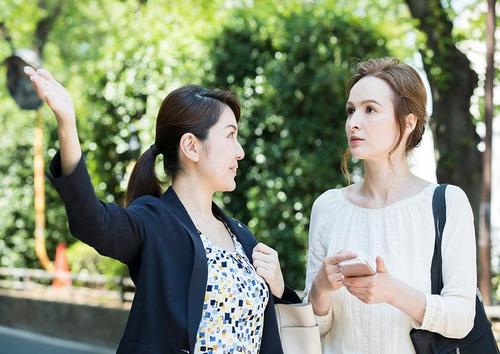 伝WORDS & GRAMMAR
伝WORDS & GRAMMARWhat is easy Japanese?
10/30/2020
-
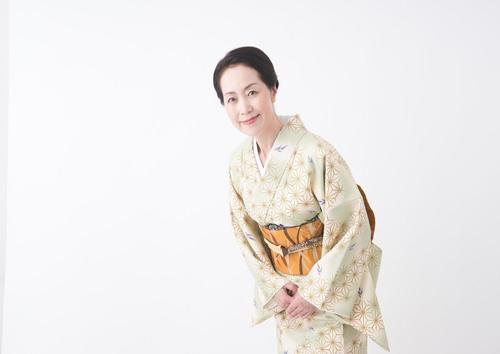 礼MANNERS
礼MANNERSJapanese greeting customs and origins. What are the greetings from other countries?
10/30/2020
-
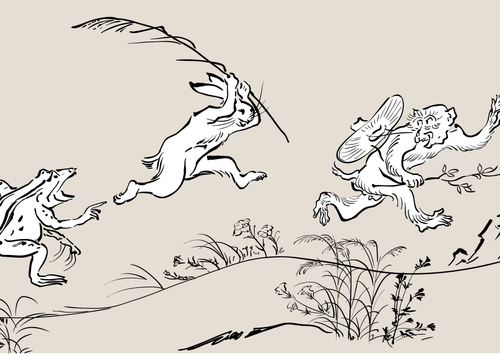 戯COMIC & GAME
戯COMIC & GAMEThe roots of animation and manga? Introducing bird and beast caricatures
10/30/2020
-
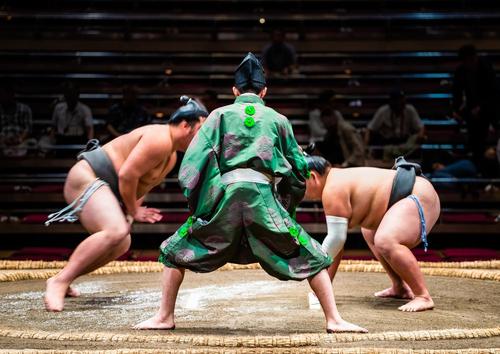 戦SPORTS
戦SPORTSThe history of sumo goes back to the mythical world! ?? Transition from myth to modern times
10/30/2020
LET’S PLAY
KARUTA!
Do you know the meaning of this...
NEXT...
FURTHER EXPLORATION
INTERESTED
IN JAPAN?
WHY DON’T YOU
LEARN JAPANESE WITH US?
START LEARNING
JAPANESE
WITH HUMAN ACADEMY!
ONE OF
THE MOST POPULAR
JAPANESE
LANGUAGE SCHOOLS
JAPANESE
LANGUAGE SCHOOL
OFFERING EXCELLENT
DETAILED LESSONS

ONLINE SCHOOL
- Learn with your classmates from all over the world
- Variety of Courses for All Needs
- FREE Trial Lesson available

TOKYO, OSAKA
- Offer the Best Curriculum for You
- Make New Japanese Learning Friends
- Many Opportunities to Practice Japanese
MAKE FURTHER
STEPS
WITH HUMAN ACADEMY!
ONE OF
THE MOST POPULAR
JAPANESE
LANGUAGE SCHOOLS
JAPANESE
LANGUAGE SCHOOL
PRODUCING MANY
JLPT N1 CERTIFIED
STUDENTS!

ONLINE SCHOOL
- Learn with your classmates from all over the world
- Variety of Courses for All Needs
- FREE Trial Lesson available

TOKYO, OSAKA
- Support Your Higher Goal of Japanese Learning
- Perfect Environment for Japanese Learners
- Learn with Your New Japanese Study Mates


